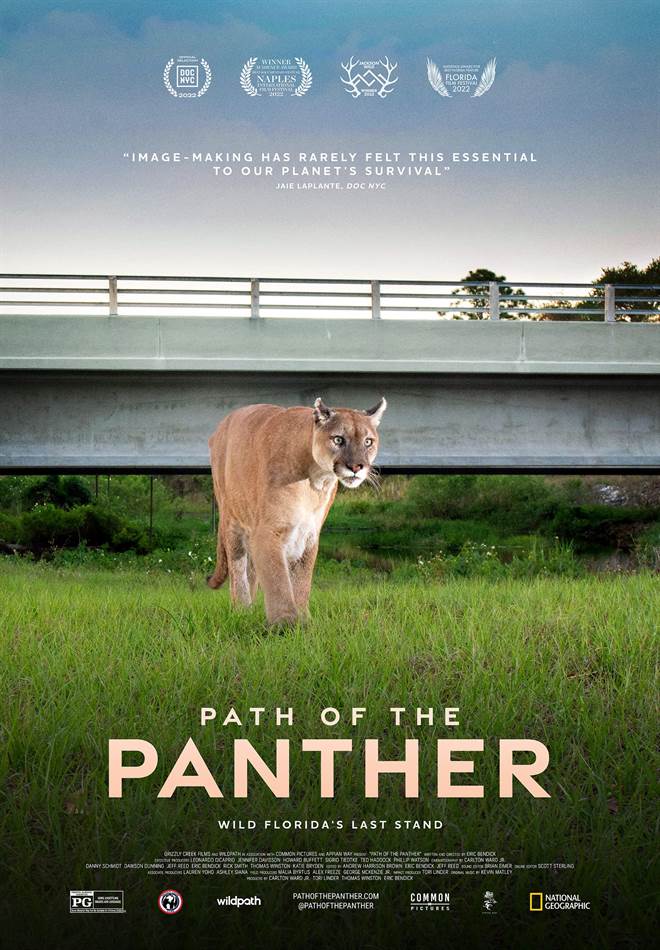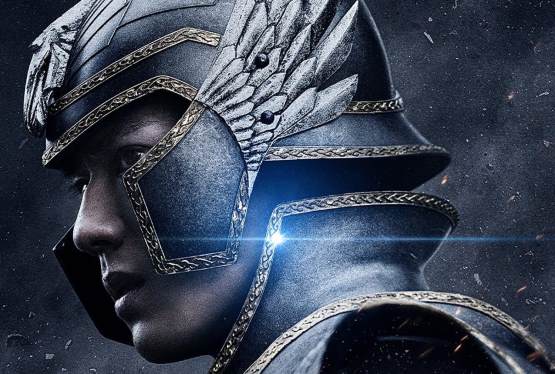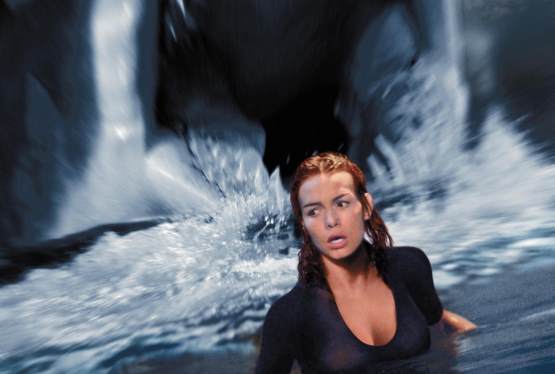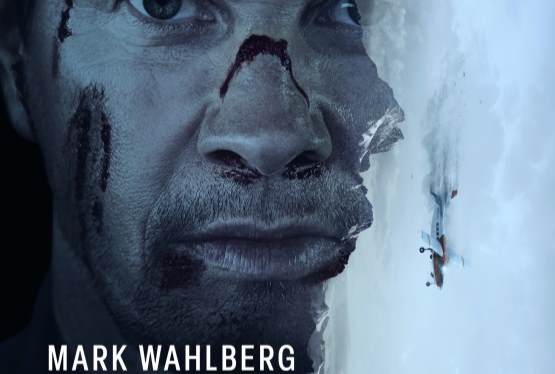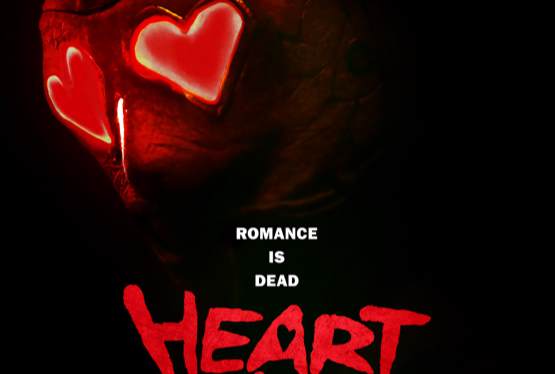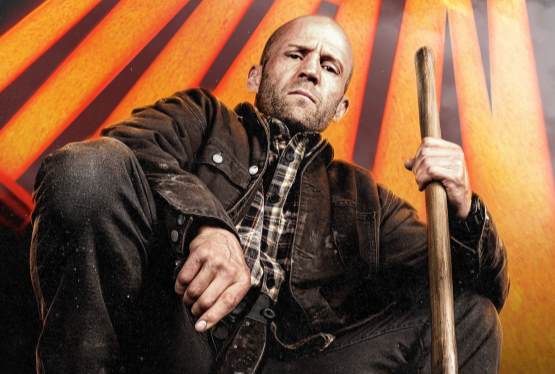Extinction is the termination of a kind of organism or of a group of kinds, usually a species.
There are numerous animals that no longer exist in the world because they were either prey for other species, they were ravaged by disease, or their habitat was destroyed leaving them without shelter and nourishment. Of course, there were also the dinosaurs that became extinct over 60 million years ago due to a cataclysmic planetary event, but that is generally not how a species dies out.
In 2022, there were seven species that were thought to have become extinct including the Chinese Paddlefish, the Mountain Mist Frog, and the Ivory-Billed Woodpecker. Some would argue the extinction of a species is a necessary evolution that also opens up opportunities for new species to emerge. While that may have been true millions of years ago, in more modern times, man has contributed to the loss of a number of animals.
Case in point...the Panther. Once a majestic cat and a subspecies of the Puma family, their numbers had dwindled to less than 50 remaining in the 1980s along the Florida Wildlife Corridor. Today, Thanks to conservation groups and photographer Carlton Ward, Jr., Florida Panthers (the state animal of Florida, by the way) have been seeing a resurgence in the state since 2018 and numbers are now estimated to be approximately 200 in total.
Ward Jr. was born and raised in Florida and as such has been aware of the plight of the Florida panther and their diminishing numbers for most of his life. Therefore, as a conservationist and wildlife photographer it was unsurprising that he chose to take on the challenge of documenting these incredible creatures.
That quest became even more urgent when it was announced in 2020 that a high-speed, toll road was being considered from Central Florida to the northern edge of the Everglades. However, using Ward Jr.'s research and photographs, conservationists were able to convince legislators that the Panthers' numbers were increasing, they were breeding, and cars on the highway would result in many cases of Panthers being killed by cars, as evidenced in the past.
Ward Jr., with his knowledge of the land set up motion sensor cameras to try and capture the panthers on film. At first, there seemed to be one female, which was nicknamed Babs. As they watched and studied her they noticed subtle changes as well as a male panther wandering in her general vicinity. This gave Ward Jr. and his team a glimpse of the two possibly mating and once confirmed, the conservationists were elated to see cubs with Babs proving that, left alone in the Florida Wildlife Corridor, the panthers could increase their numbers.
What Ward Jr. brings to this story and, subsequently the documentary, are a few different concepts. First, and perhaps most infectious, is his exuberant and giddy reaction to seeing Babs and later her cubs, for the first time, and for crossing paths with the male panther in person one day as he roams the area double-checking his equipment. His excitement and childlike mannerisms emphasize the love and respect he has for them. He also brings a keen eye, setting up camera angles to hopefully capture a panther on film. While the video footage used in the documentary is beautiful, it is the still photographs with a Panther staring directly into the camera or leaping through the air that will take the viewer's breath away.
If a picture is worth a thousand words, then Ward, Jr., and National Geographic have a gold mine of images captured that I am certain don't begin to do justice to the real-time experience of seeing a Panther in the wild.
Streaming now on Disney+ and Hulu, this is one movie/documentary the whole family can enjoy watching together.
Grade: A-

